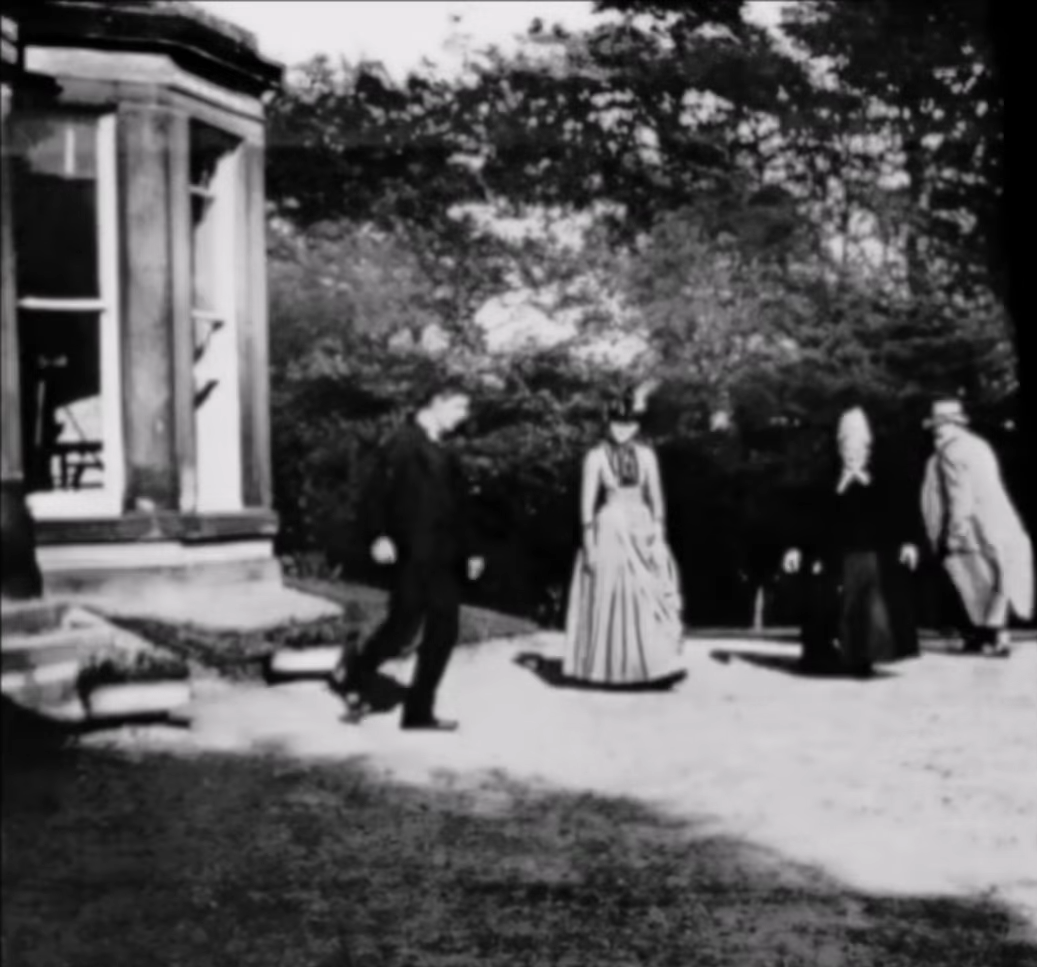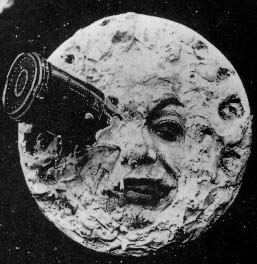|
Nadu Iravil
''Nadu Iravil'' ( ) is a 1970 Indian Tamil-language crime thriller film, directed and produced by S. Balachander. The film's story was written by him and dialogue was written by Ve. Laxmanan, who also composed the music. It is based on Agatha Christie's 1939 novel ''And Then There Were None''. Plot Dhayanandam is a rich old man living in a sole home on an island with his mentally-ill wife Ponni and a few servants. Their doctor Saravanan reveals Dhayanandam's cancer has spread beyond cure and he has only a few days to live. So he makes arrangements for all of Dhayanandam's siblings to visit him and stay with him during his last few days. Dhayanandam is still extremely mad at his siblings for treating him badly in the past because he married Ponni, a woman from a lower caste. He thinks they are the reason behind Ponni's mental illness, but still allows them to stay in his house. During the next few days, Dhayandam's relatives are murdered one after the other. Remaining guests ... [...More Info...] [...Related Items...] OR: [Wikipedia] [Google] [Baidu] |
And Then There Were None
''And Then There Were None'' is a mystery fiction, mystery novel by the English writer Agatha Christie, who described it as the most difficult of her books to write. It was first published in the United Kingdom by the Collins Crime Club on 6 November 1939, as ''Ten Little Niggers'', after an 1869 Minstrel show, minstrel song that serves as a major plot element. The US edition was released in January 1940 with the title ''And Then There Were None'', taken from the last five words of the song. Successive American reprints and adaptations use that title, though American Pocket Books paperbacks used the title ''Ten Little Indians'' between 1964 and 1986. UK editions continued to use the original title until 1985. The book is the world's best-selling mystery, and with over 100 million copies sold is one of the List of best-selling books, best-selling books of all time. The novel has been listed as the seventh best-selling title (any language, including reference works) of all time. ... [...More Info...] [...Related Items...] OR: [Wikipedia] [Google] [Baidu] |
The Indian Express
''The Indian Express'' is an English-language Indian daily newspaper founded in 1932 by P. Varadarajulu Naidu. It is headquartered in Noida, owned by the ''Indian Express Group''. It was later taken over by Ramnath Goenka. In 1999, eight years after Goenka's death in 1991, the group was split between the family members. The southern editions took the name '' The New Indian Express'', while the northern editions, based in Mumbai, retained the original ''Indian Express'' name with ''The'' prefixed to the title. History In 1932, the ''Indian Express'' was started by an Ayurvedic doctor, P. Varadarajulu Naidu, at Chennai, being published by his Tamil Nadu press. Soon under financial difficulties, he sold the newspaper to Swaminathan Sadanand, the founder of '' The Free Press Journal'', a national news agency. In 1933, the ''Indian Express'' opened its second office in Madurai, launching the Tamil edition, '' Dinamani''. Sadanand introduced several innovations and reduced t ... [...More Info...] [...Related Items...] OR: [Wikipedia] [Google] [Baidu] |
Films Scored By S
A film, also known as a movie or motion picture, is a work of visual art that simulates experiences and otherwise communicates ideas, stories, perceptions, emotions, or atmosphere through the use of moving images that are generally, since the 1930s, synchronized with sound and (less commonly) other sensory stimulations. Etymology and alternative terms The name "film" originally referred to the thin layer of photochemical emulsion on the celluloid strip that used to be the actual medium for recording and displaying motion pictures. Many other terms exist for an individual motion-picture, including "picture", "picture show", "moving picture", "photoplay", and "flick". The most common term in the United States is "movie", while in Europe, "film" is preferred. Archaic terms include "animated pictures" and "animated photography". "Flick" is, in general a slang term, first recorded in 1926. It originates in the verb flicker, owing to the flickering appearance of early films ... [...More Info...] [...Related Items...] OR: [Wikipedia] [Google] [Baidu] |
Films Directed By S
A film, also known as a movie or motion picture, is a work of visual art that simulates experiences and otherwise communicates ideas, stories, perceptions, emotions, or atmosphere through the use of moving images that are generally, since the 1930s, synchronized with sound and (less commonly) other sensory stimulations. Etymology and alternative terms The name "film" originally referred to the thin layer of photochemical emulsion on the celluloid strip that used to be the actual medium for recording and displaying motion pictures. Many other terms exist for an individual motion-picture, including "picture", "picture show", "moving picture", "photoplay", and "flick". The most common term in the United States is "movie", while in Europe, "film" is preferred. Archaic terms include "animated pictures" and "animated photography". "Flick" is, in general a slang term, first recorded in 1926. It originates in the verb flicker, owing to the flickering appearance of early films. ... [...More Info...] [...Related Items...] OR: [Wikipedia] [Google] [Baidu] |
Films Based On British Novels
A film, also known as a movie or motion picture, is a work of visual art that simulates experiences and otherwise communicates ideas, stories, perceptions, emotions, or atmosphere through the use of moving images that are generally, since the 1930s, synchronized with sound and (less commonly) other sensory stimulations. Etymology and alternative terms The name "film" originally referred to the thin layer of photochemical emulsion on the celluloid strip that used to be the actual medium for recording and displaying motion pictures. Many other terms exist for an individual motion-picture, including "picture", "picture show", "moving picture", "photoplay", and "flick". The most common term in the United States is "movie", while in Europe, "film" is preferred. Archaic terms include "animated pictures" and "animated photography". "Flick" is, in general a slang term, first recorded in 1926. It originates in the verb flicker, owing to the flickering appearance of early films ... [...More Info...] [...Related Items...] OR: [Wikipedia] [Google] [Baidu] |
Films Based On And Then There Were None
A film, also known as a movie or motion picture, is a work of visual art that simulates experiences and otherwise communicates ideas, stories, perceptions, emotions, or atmosphere through the use of moving images that are generally, since the 1930s, synchronized with sound and (less commonly) other sensory stimulations. Etymology and alternative terms The name "film" originally referred to the thin layer of photochemical emulsion on the celluloid strip that used to be the actual medium for recording and displaying motion pictures. Many other terms exist for an individual motion-picture, including "picture", "picture show", "moving picture", "photoplay", and "flick". The most common term in the United States is "movie", while in Europe, "film" is preferred. Archaic terms include "animated pictures" and "animated photography". "Flick" is, in general a slang term, first recorded in 1926. It originates in the verb flicker, owing to the flickering appearance of early films. ... [...More Info...] [...Related Items...] OR: [Wikipedia] [Google] [Baidu] |
Tamil-language Indian Films
Tamil (, , , also written as ''Tamizhil'' according to linguistic pronunciation) is a Dravidian language natively spoken by the Tamil people of South Asia. It is one of the longest-surviving classical languages in the world,. "Tamil is one of the two longest-surviving classical languages in India" (p. 7). attested since 300 BCE.: "...the most acceptable periodisation which has so far been suggested for the development of Tamil writing seems to me to be that of A Chidambaranatha Chettiar (1907–1967): 1. Sangam Literature – 200BC to AD 200; 2. Post Sangam literature – AD 200 – AD 600; 3. Early Medieval literature – AD 600 to AD 1200; 4. Later Medieval literature – AD 1200 to AD 1800; 5. Pre-Modern literature – AD 1800 to 1900" at p. 610 Tamil was the lingua franca for early maritime traders in South India, with Tamil inscriptions found outside of the Indian subcontinent, such as Indonesia, Thailand, and Egypt. The language has a well-documented history with liter ... [...More Info...] [...Related Items...] OR: [Wikipedia] [Google] [Baidu] |




